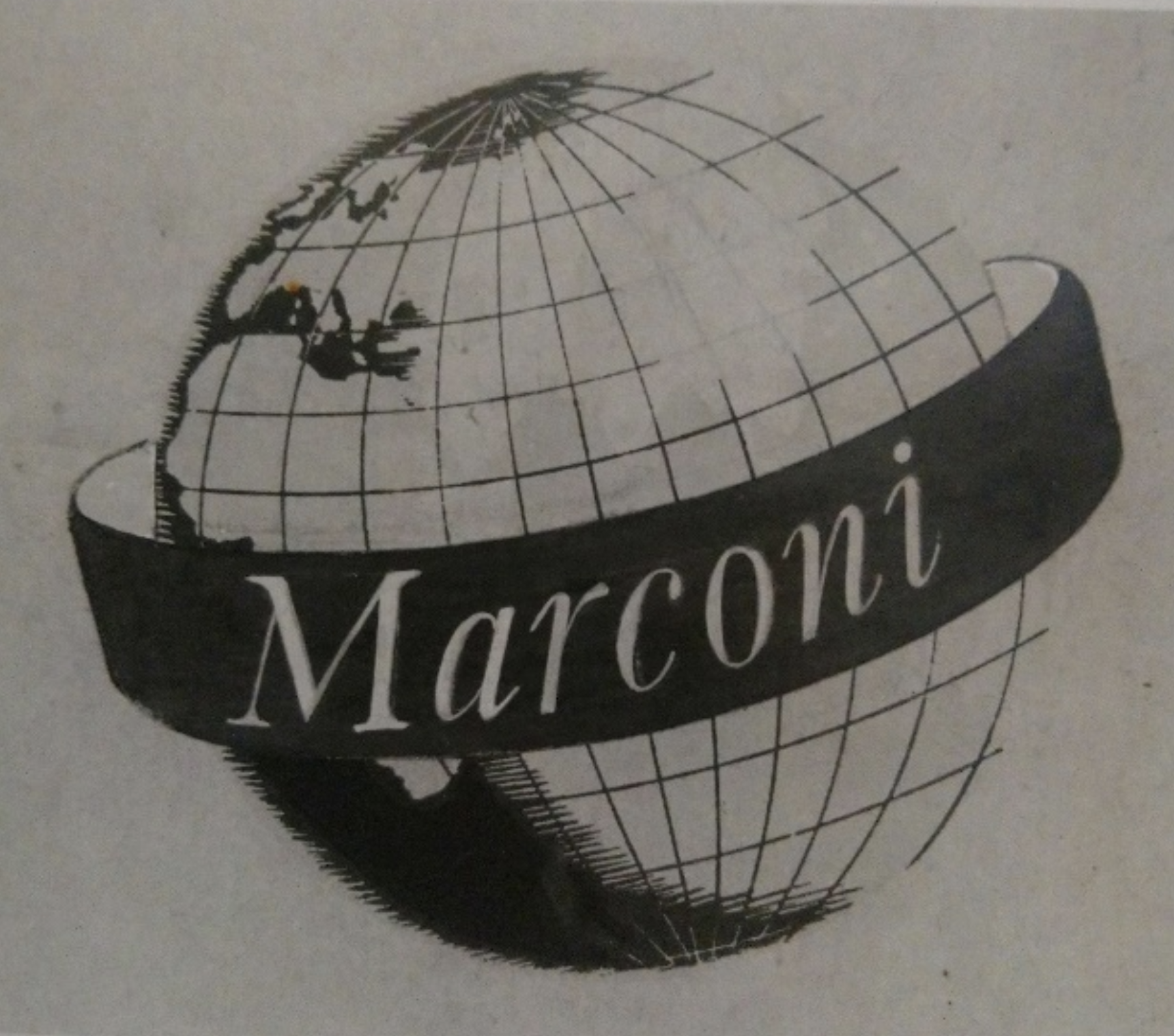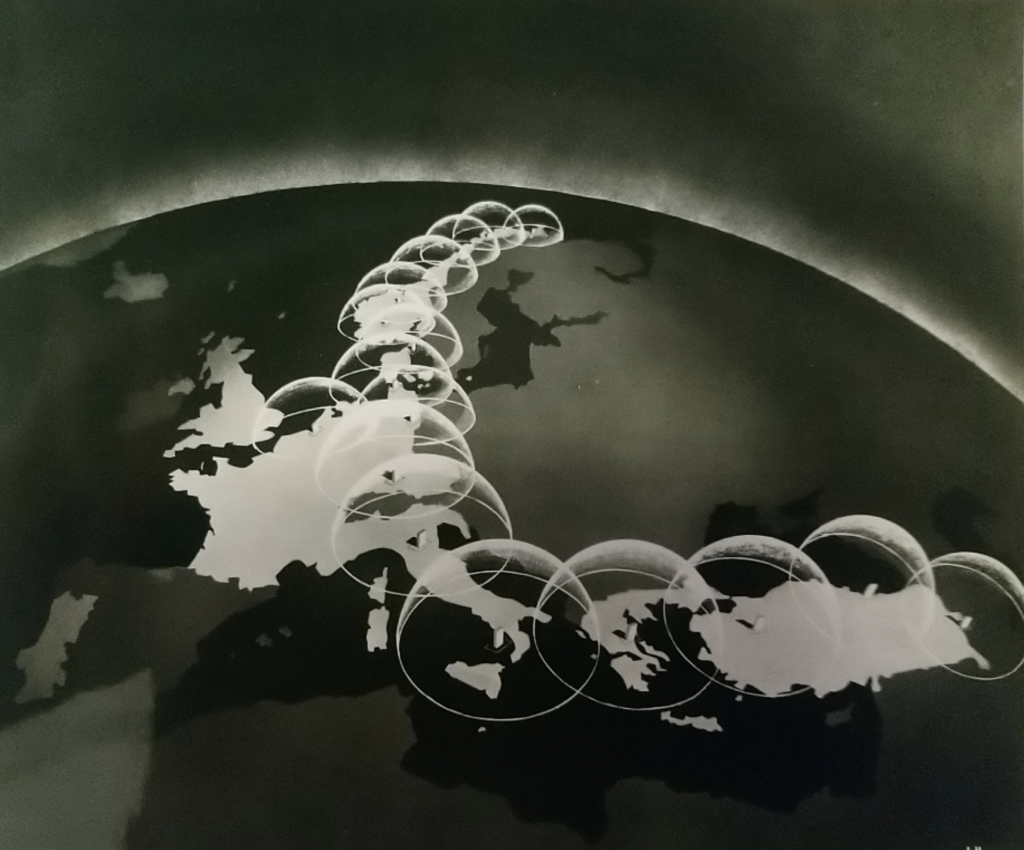Universities and the Essex Record Office develop a digital strategy to enhance the Marconi Photographic Archive
Founded by Guigielmo Marconi in 1897, the Marconi Company (which held various names over its lifetime) was a pioneer in wireless technology. The archive is of national and international significance, reflecting the central role that the Marconi company played in the history of Chelmsford, known as ‘the birthplace of radio.’ From radio to navigation, from aeronautics and maritime to inter-continental communication, Marconi’s technologies helped to shape the world that we live in today.

The Essex Record Office (ERO), the University of Essex and the University of East Anglia were awarded an EIRA Innovation Voucher for a collaborative project to inform the creation of a digital strategy to enhance public engagement with the Marconi photographic archive, held by the ERO. The archive houses records of national and international significance on innovation and the application of technology that the county of Essex has made over the years.
The Challenge
One of the most interesting parts of the Marconi Company’s history was the Marconi Photographic Section, which took thousands of pictures over the organisation’s lifetime. As well as photographs of staff, buildings, marketing exhibitions and Marconi Company locations and expeditions throughout the world, almost half of the archive is made up of pictures of product components, machines and circuitry. This would be of particular interest to historians of oscilloscopes, transmitters and receivers, power supplies, RADAR arrays, and to those fascinated in all kinds of specialist electronic engineering. One of the key ideas that came about from wireless communication was the idea of wireless navigation, and Marconi fitted many different pieces of equipment to aircraft and ships to aid in their navigation around the globe. This is perhaps more generally appealing for those interested in maritime and aeronautical history.
These photographic records are now stored at the ERO in Chelmsford. However, the collection remained largely unknown and underused and the ERO wanted to scope out how these images could be used to maximise the research and commercial potential of the archive more widely.
The EIRA Innovation Voucher grant was awarded for the organisations to define a creative and innovative strategy for enhancing public engagement with these important archives using digitally-enabled tools and methods. The project was to develop a strategic framework for public engagement that builds upon current usage of the archive, but elevates it to incorporate new and innovative technology, such as augmented reality and immersive experiences.

The Approach
The project was delivered by the leads academic, Dr Alix Green from the University of Essex and Dr Lorna-Jane Richardson from the University of East Anglia, with expert advice from Anne Archer and James Elder from the BT archives.
Supported by a bursary – co-funded by the Innovation Voucher and the Essex History department – PhD student Lewis C. Smith undertook extensive desk research and interviews with leading industry experts and key stakeholders to inform his report. He had access throughout to the project steering group, composed of the ERO and partners, which met to provide guidance and explore creative content solutions for the archive.
The Outcome
This collaboration combined academic expertise from both universities with BT’s Heritage and Archive team based in Holborn, London.
The project team successfully identified options for further work, and is now considering new methods to display and promote the Marconi photographs. This includes enhanced use of metadata, development of digital tools and platforms all focused on unlocking the value to support the delivery of their digital engagement strategy.
Cllr. Graham Butland, Essex County Council Cabinet Member for Devolution, Art, Heritage and Culture says:
“We are really pleased to have benefitted from the knowledge and insight provided by the University of Essex and UEA on this project made possible through the EIRA Innovation Voucher grant. The Marconi photographic archives are a fantastic resource for people interested in the history of telecommunications, but also show the contribution of many Essex residents who worked for the Marconi company in shaping our modern world. This project will help the Essex Record Office in considering how to engage audiences in new ways with the Marconi photographic archives and many other fascinating historic collections in the future.”
Dr Andrew Priest, University of Essex, Head of History Department commented:
“The Department of History at the University of Essex is delighted to be involved in this ground-breaking, EIRA-funded collaboration with Essex Record Office, the University of East Anglia and BT archives. It is fitting that this project about cutting-edge digital innovations to increase public engagement with archives is focused on the Marconi collections, which highlight Essex’s central place in the development of technology in the twentieth century. This project will enable people to engage with an important and fascinating aspect of our past but we also hope that it will help other archives open up their collections to new audiences.”
Anne Archer, BT, Head of Heritage and Archives
“We’re delighted to be a partner of this project, sharing ideas and collaborating to enhance the way that people engage with archives. BT Heritage & Archives holds a rich digitised collection – for us, it’s an important way of connecting people to our history and finding new audiences. Recent developments in 5G and cutting-edge technology have created new opportunities for archives and cultural organisations. The outputs of this project will help to uncover some of these.”
Next Steps
Future follow-on projects are currently being considered by the ERO with their EIRA partners. Further collaborations will help demonstrate the value of the archival collections to wider stakeholders, and will provide a strong foundation to maximise the commercial potential of the archive more widely.
You can follow further updates on this story by searching for #MarconiMemories on Twitter and LinkedIn.
Contact for any queries
Martin Astell – ERO Manager
